Unlock Better Breathing with Chest Physiotherapy
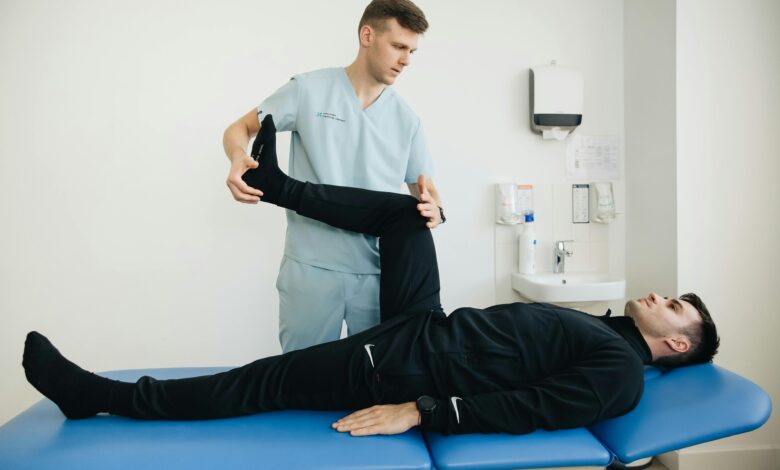
Introduction to Chest Physiotherapy
Chest physiotherapy (CPT) is a program of procedures or therapies applied to improve respiratory status of patients by facilitating clearance of sputum and optimizing lung processes. Though it is usually preferred in chronic respiratory cases, many who experience breathing problems of any sort typically enjoy its use.
Importance of Respiratory Health
Good respiratory health is important because makes it possible for the body to breathe and supply oxygen to most of the body organs. The respiratory system of the body is composed of the lungs and the airways, through which oxygen is supplied to the body tissues and carbon dioxide carried to the lungs where it is exhaled. If the respiratory system is compromised, cells don’t get the oxygen they need, and one may experience fatigue, weak or even organ dysfunction.
Healthy lungs also thereby assist prevent from infections. Coating or inflammation of the bronchial tubes or trachea can lead to trapping of pathogenic agents such as bacteria or viruses and may cause for instance pneumonia or bronchitis. Conditions like asthma or COPD linger, meaning that everything should be done to keep the respiratory system healthy for better quality of life.

What Is Chest Physiotherapy?
Definition and Overview
Chest physiotherapy or CPT is a group of therapeutic measures targeted at enhancing respiratory patterns, removing sputum and other secretions from the respiratory tract. It is typically prescribed for people with certain lung and airway disorders including cystic fibrosis, COPD, pneumonia and bronchiectasis.
Types of Chest Physiotherapy
Chest physiotherapy (CPT) includes some movements that are widely used to facilitate expectoration and improve the patient’s respiratory status. Here are the key types of CPT:
Postural Drainage
What Is Postural Drainage – Postural drainage is a method of clearing secretions in the lungs to help get them with the simplest aid of gravity. There are certain positions in which the patient is placed, to facilitate mucus from the affected regions to be coughed up easily and cleared. This technique is normally used in combination with other modes of CPT such as percussion, or vibration for improved efficiency.
Percussion (Clapping)
Percussion is technically known as chest clapping and this is where the patient taps the chest or back with his or her hands that are cupped together. This action has the effect of easing the removal of thick mucus deposits that collect in the lung, with a view of encouraging the act of coughing to eliminate such.
Other client or non-professional activities which are commonly executed by a healthcare provider or a caregiver can be taught to the patient who wishes to do it at home.
Deep Breathing and Coughing Exercises
They have been carefully chosen with the purpose of helping a patient expand his/her lungs, as well as ensure efficient removal of the mucus build-up. The patient is recommended to first deep breaths as this creates a full expansion of the lungs then cough. The slow, deep breaths help in expanding the airways and the coughing in turning out mucus which has been given away during other CPT methods.

How Chest Physiotherapy Works
Chest physiotherapy (CPT) is employed by incorporating physical pressure in an attempt to remove a buildup of mucus to increase lung capacity and activity. Here’s how it functions:
1. Loosening Mucus: Percussion or chest clapping involves application of vigorous may be applied to produce vibrations on the chest wall thus dislodging the sputum that may be trapped inside the air ways. This makes its possible to to be transported up towards the throat easier.
2. Postural Drainage: In one or another way, the patient is positioned in some specific ways in accordance with which part of the lungs is to be cleared. Gravity helps to expel mucus from the lower respiratory tract to the upper respiratory tract where there will be easy expectation.
3. Facilitating Coughing: When the mucus is mobilized and directed towards the upper tracheobronchial tree deep breath and coughing are facilitated to clear the mucus from the body. A well-timed and well-controlled cough specifically in chest is necessary in order to clear most of the airway.
Conditions That Benefit from Chest Physiotherapy
Chest physiotherapy is very effective for persons with different respiratory disorders, primarily where there is excessive production of sputum, or different levels of impaired clearance. Here are some key conditions that can benefit from CPT:
Chronic Obstructive Pulmonary Disease (COPD)
COPD is a chronic and slowly worsening lung illness that includes chronic bronchitis and emphysema. It sometimes results to production of thick mucus, which blocks the airways to the lungs thereby. Chest physiotherapy makes it easier for the child to blow the mucus away and this reduces the number of times the child gets an infection. COPD patient often require techniques such as postural drainage and percussion.
Pneumonia
Pneumonia is determined as an infection that causes an inflammation. Air capillaries in one or both lungs and the presence of thick fluid or mucus in them. Chest physiotherapy is often advisable in order to clear the lungs of mucus. Which will hasten the process of healing because of the ability to breathe easily. Such procedures such as vibration and breathing exercises are normally applicable in the treatment of pneumonia.
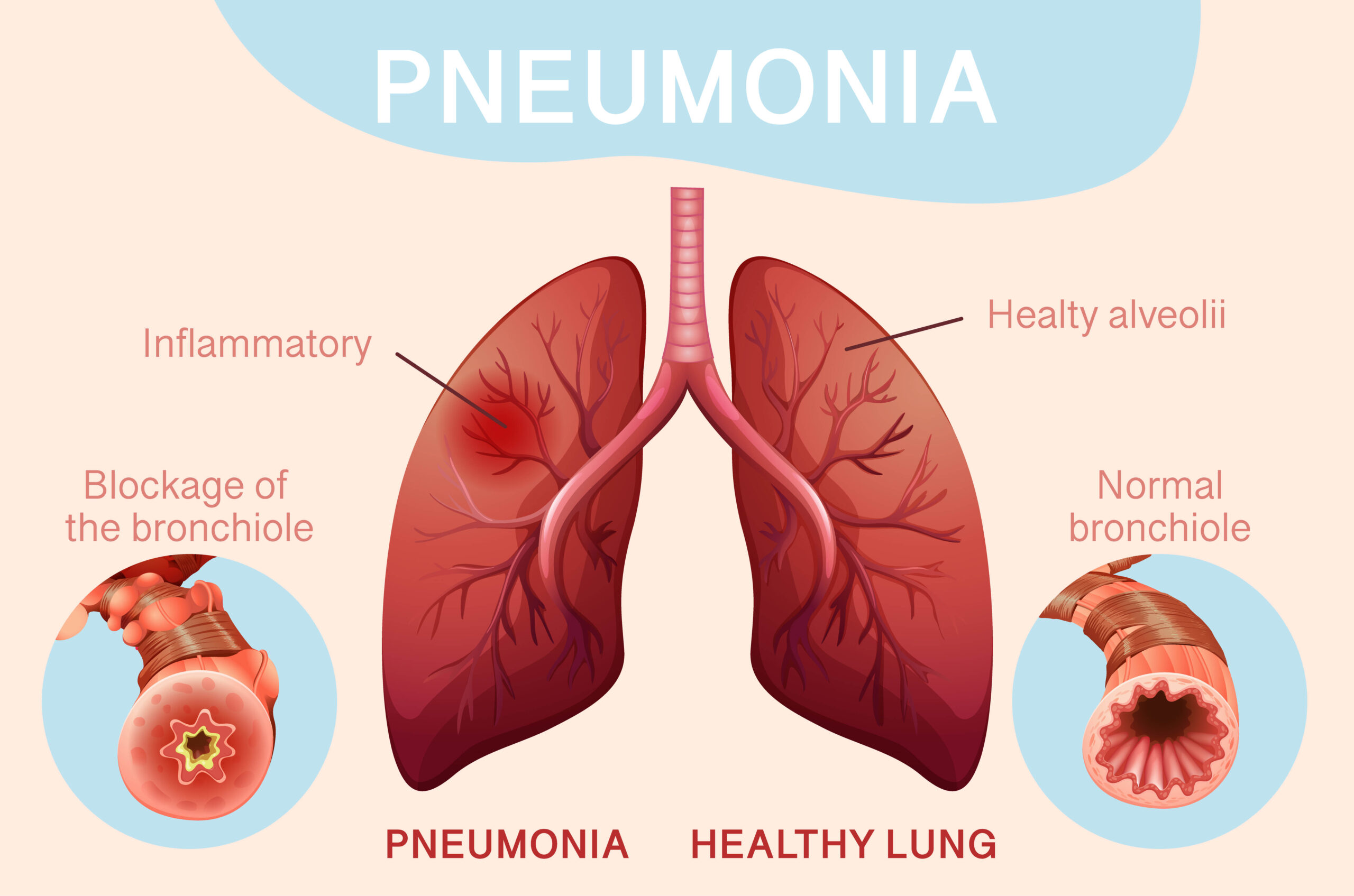
Bronchiectasis
Bronchiectasis is an obstructive lung disease characterised by widening and scarring or destruction of bronchi and excessive mucus. The constructor mucus imprisons the air and puts the patient at risk for contracting new diseases obstructing breathing. The main benefits of chest physiotherapy are to unblock and evacuate the mucus. Enhance lung capacity and decrease the rates of infections. This paper shows that bronchiectasis patients can benefit greatly from techniques that include percussion as well as PEP therapy.
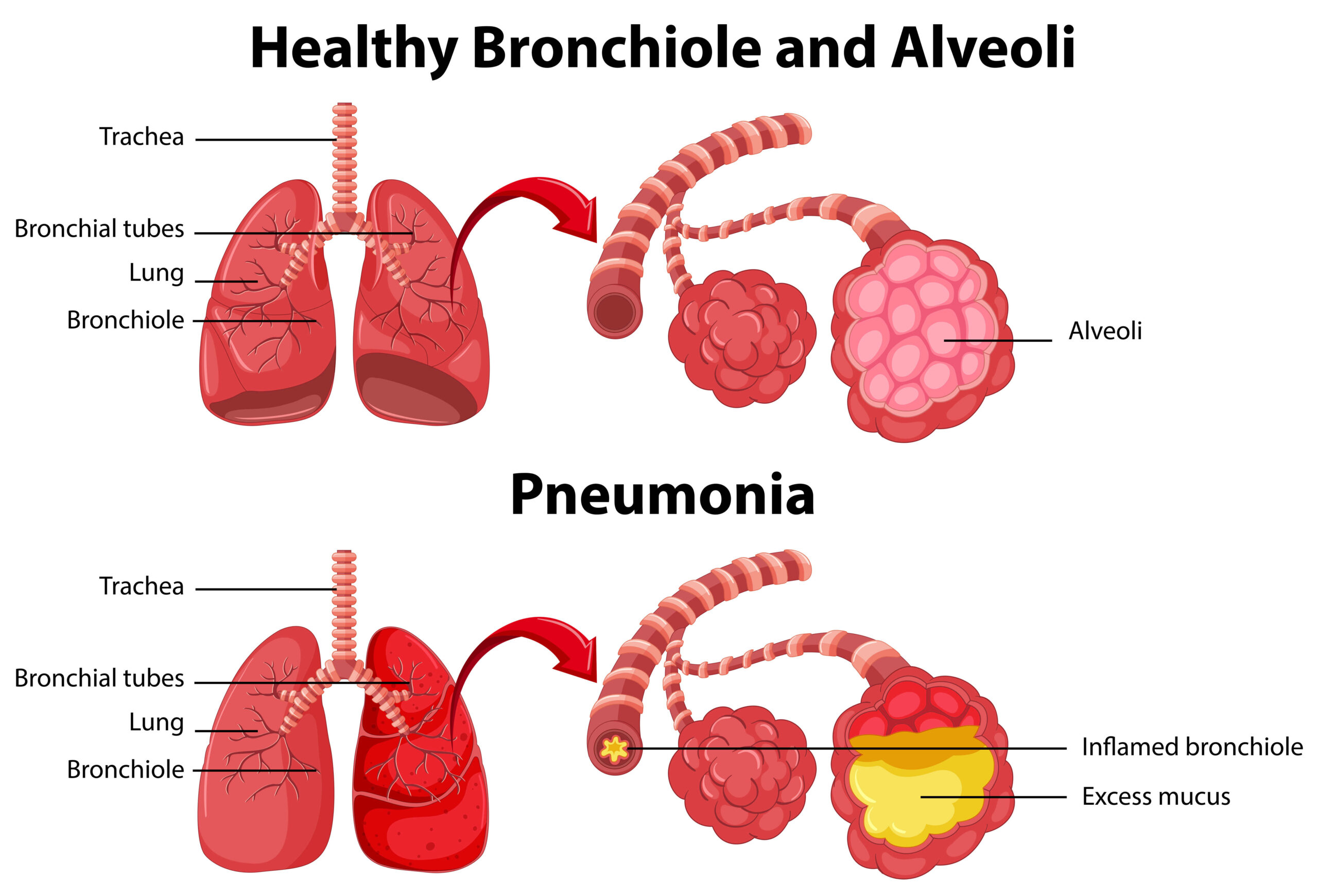
Asthma
Although asthma is controlled by drugs such as inhalers, chest physiotherapy maybe beneficial in asthma, especially during an attack or wheezing and whenever there is formation of mucus. Measures like deep breathing and coughing exercises that are part of CPT can assist in opening the airways as well as help increase lung space they have for asthmatic patients if in case of an asthma attack.
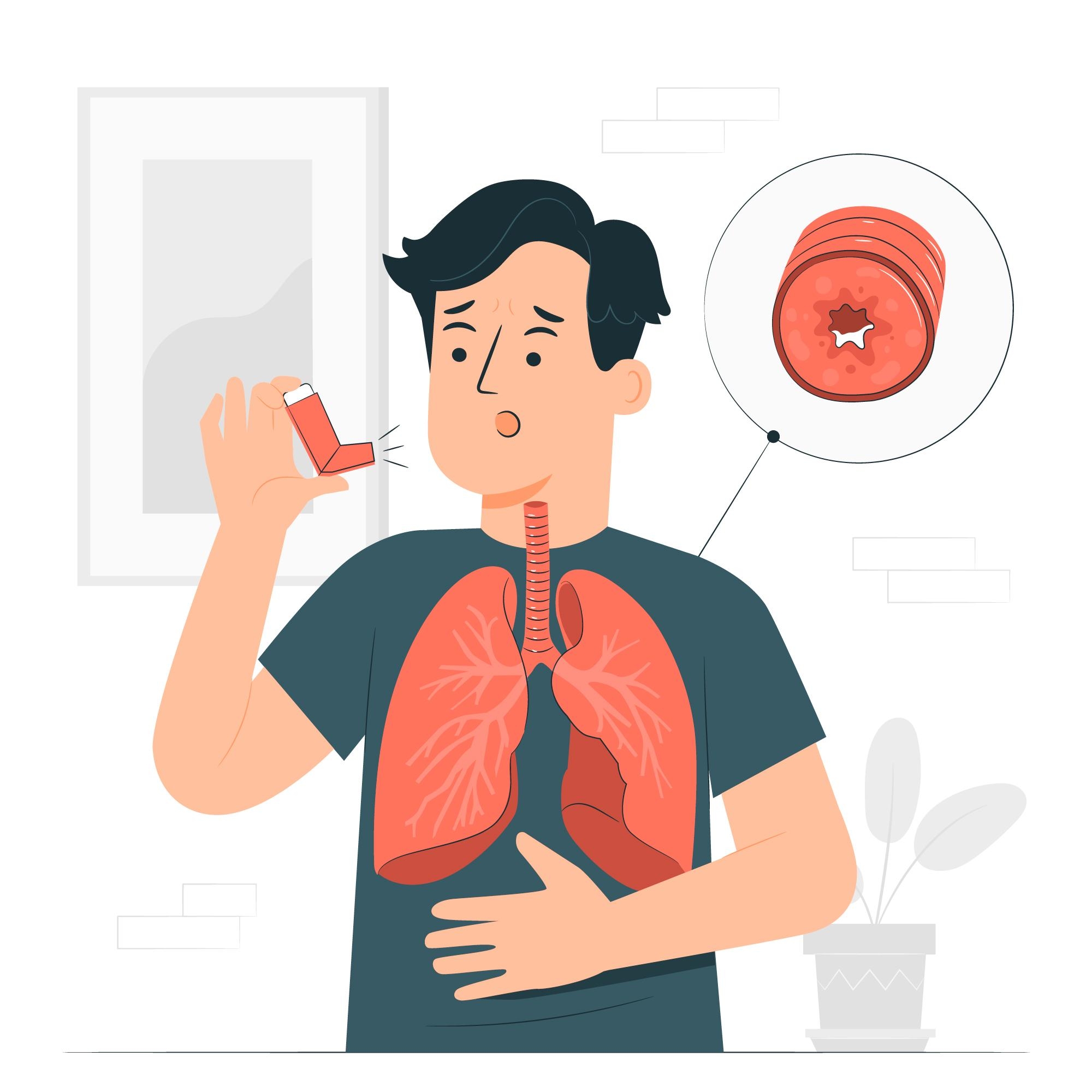
Who Can Perform Chest Physiotherapy?
Chest physiotherapy (CPT) can be delivered by any individual depending on the severity of the techniques required in the particular case of the patient. The following are the primary people who can administer CPT:
Healthcare Professionals
Chest physiotherapy is usually administered by qualified personnel that includes respiratory therapists, physiotherapist, or nurses. These working professionals have received their specific training in implementing CPT methods such as postural drainage and PEP therapy and percussion.
They know how to adapt right treatment therapies for right ailments. And make sure that therapies are treated in a right way. Doctors and other healthcare providers are vitally important for those sufferers. Who have chronic or complicated respiratory disease, because they may track the patient’s state.
Caregivers and Self-Care Techniques
At times, it is possible to teach the caregivers or even patients themselves the ways. How to perform chest physiotherapy from home. This is especially helpful especially to needy patients such as those with cystic fibrosis or COPD that needs many CPT sessions.
Family members, for example, can be taught how to use percussion, vibration. Come under the supervision of a healthcare worker in performing postural drainage. Likewise, patients can keep their respiratory health through some self-care measures. Which include the use of PEP devices plus deep breathing exercises.
Chest Physiotherapy for Children
Unique Considerations for Pediatric Patients
When it comes to Children, chest physiotherapy especially on infants and young children. There are several factors to consider due to their size, their developing respiratory systems. Here are some key factors to keep in mind when performing CPT for pediatric patients:
1. Gentle Techniques
It is important for CPT techniques on children as their body physique is different compared to adults and extra careful. Activities such as Patting (chest clapping) should be gently applied to reduce pressure causing discomfort or even producing injury. CPT is modality delivered by trained healthcare professionals and their ability to modulate the intensity according to a child’s age, size and condition.
2. Proper Positioning
The use of position plays a big role in postural drainage especially to children and the infants most in particular. In some cases, the child may require to be held or positioned in a certain manner. That will enable gravity to have a way with the mucus in the lungs. Correct positioning also serve in part in regards to drainage and also comfortable positioning of the child during the process.

3. Keeping the Child Calm and Cooperative
For chest physiotherapy on children, there is always a challenge when a child becomes either nervous. Or uncooperative when performing the therapy session. One is to control the patient’s emotions by things like talking softly. Using their toys or playing their favourite music while conducting this procedure. It is easier to treat a child or a patient once they are relaxed hence ensuring.
Risks and Precautions in Chest Physiotherapy
While chest physiotherapy (CPT) is generally safe and beneficial for many patients, there are certain risks and precautions to consider:
1. Discomfort or Pain: Coupled with this, some of the CPT techniques for instance percussion and vibration may elicit discomfort for a little while. Any pain should be reported back to the therapist since the technique can be modified as needed.
2. Increased Airway Resistance: Patients with severe respiratory complaints may find themselves developing airway resistance during the course of CPT. Constant observation is necessary so that severe conditions can be averted.
3. Hemoptysis: Some patients may not experience such hemoptysis, but if they do, it may be as a result of severe lung infections or cancer. Where such Pathways exist, CPT has to be conducted with care it has to be disclosed to the healthcare providers.
When Is Chest Physiotherapy Not Recommended?
Chest physiotherapy is not recommended in the following situations:
1. Acute Respiratory Distress: When a given patient has asthma, acute respiratory distress. Or is in critical state, then CPT may not be given until the patient recovers.
2. Severe Heart Conditions: People with Chronic Cardiac issues particularly those who. Have a recent history of Myocardial Infarction or severe Congestive Heart Failure. Should avoid CPT due to the added stress that it puts on the heart.
3. Recent Surgery: CPT may also be stopped right after a surgery and especially. If the surgery has been performed in the chest or abdominal cavity.
How to Prepare for Chest Physiotherapy
Preparing for chest physiotherapy involves several steps to ensure the process is safe and effective:
1. Consultation: See a doctor and explain why one should get CPT. A comprehensive assessment will reveal apply to the patient’s situation or not.
2. Education: CPT details such as the techniques to be employed, together with the resultant. Expectations from the patients and caregivers should be explained.
3. Hydration: Drinking lots of water before the session makes mucus to become thin hence easing the process of removing it. It is advised to consume as many fluids as possible in the period before the intended therapy.
Tools and Equipment Used in Chest Physiotherapy
Chest physiotherapy uses numerous tools and apparatuses to fall in treatment outcomes. Here are some commonly used items:
1. Percussion Devices: They may use handheld devices, or mechanical percussion tools intended to gently strike the chest to assist in loosening the mucus.
2. Vibration Devices: Like percussion devices, there are vibratory instruments which involve rigorous vibrations to the chest wall and facilitates mucus movement.
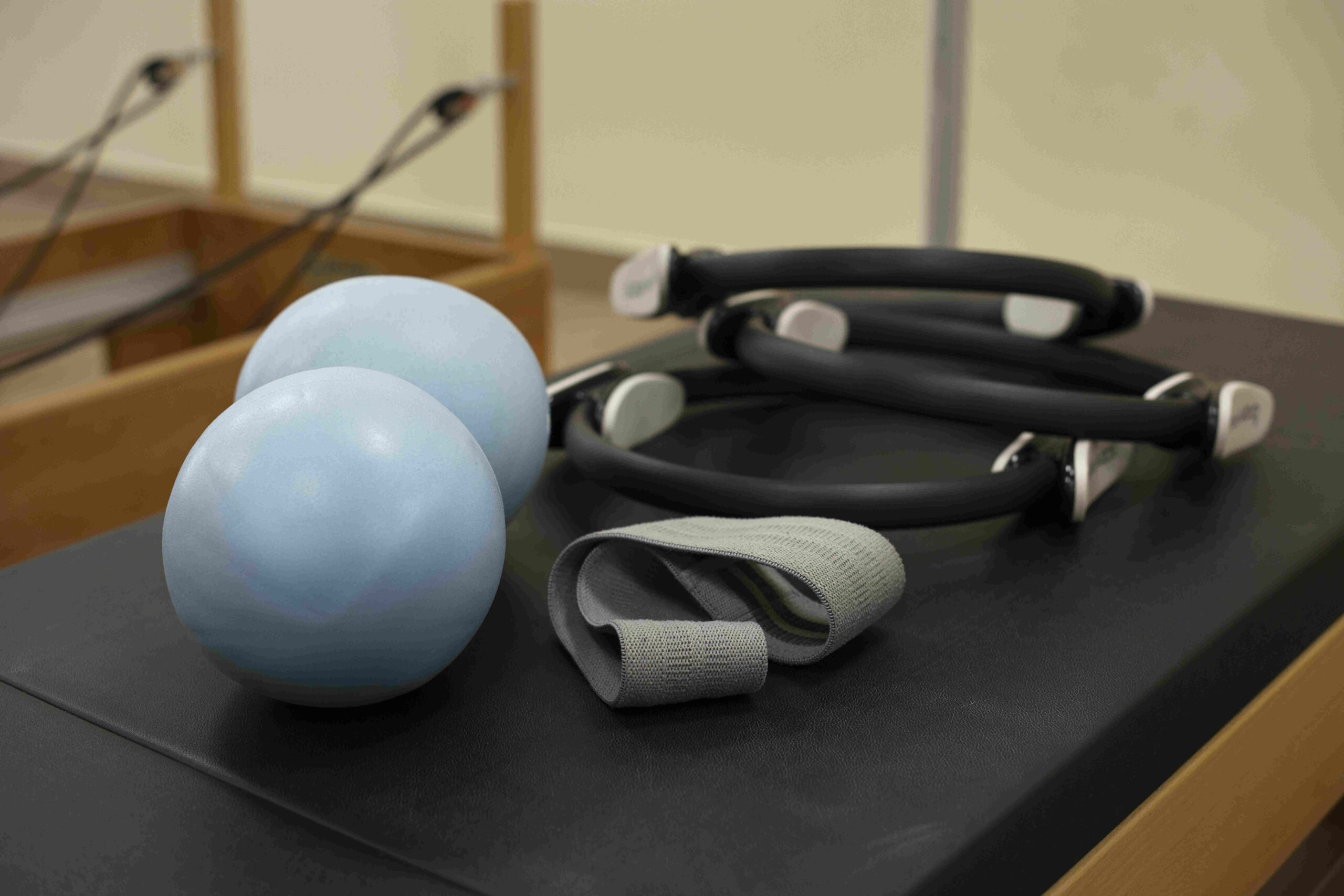
3. Positive Expiratory Pressure (PEP) Devices: These handheld devices generate opposition during expiration thereby acting as an aid to maintaining the patency of the respiratory tract as well as promoting the removal of accumulated mucus.
4. Airway Clearance Devices: These may include PEP where the patient is required to blow into a handheld mask to generate positive pressure expiratory pressure (PEEP), oscillatory positive expiratory pressure (OPEP) that utilizes both PEP and airway oscillation in order to promote mucus clearance.
5. Postural Drainage Equipment: Postural drainage position may be supported by using special cushions or bolsters to enhance positioning to facilitate support of gravity.
Home Chest Physiotherapy: Is It Effective?
Self and family administered program that involves administration of chest physiotherapy at home can be useful for the patients especially those with recurrent respiratory diseases that require mucus clearance. Since some techniques are often carried out by health care personnel in a hospital or clinic, most of them can be practiced at home. Here’s a closer look at the effectiveness of home CPT:
Benefits of Home Chest Physiotherapy
1. Convenience: The major benefit of Home CPT is therefore convenience. The techniques can be practiced at the patients own convenience hence is easier to become part of daily practice.
2. Improved Compliance: If patients again and again can do CPT at their homes, they are likely to be more compliant with their treatment plans. The exercises can also be planned and followed frequently to enhance lung capacity and to avoid a variety of breath-related illnesses.
3. Tailored Techniques: It means that PC keeps the patient’s attention to particular procedures which he or she finds bah effective, for example, practicing in deep breathing or using PEP devices. This makes it possible for effectiveness of the treatment to be boosted through the use of personalization.
4. Family Involvement: Home therapy also helps the other family members of the patient to be involved in the process.of usage of therapy with an aim of helping the patient. It can also establish an environment favourable for the accomplishment of CPT techniques.
Conclusion:
Therefore, chest physiotherapy is one of the useful therapeutic interventions with increased applied importance regarding different respiratory diseases. Chest physiotherapy involves positioning, vibration and, controlled breathing. Which aims at relieving the build up of secretions in the airways. Mobilizing secretions and improving respiratory function.
Regardless of the place of execution, CPT can noticeably enhance the well-being of COPD patients. Persons with cystic fibrosis, and patients with pneumonia. Nevertheless, it is critical to master the required techniques and learn progressive tips and tricks. From healthcare providers that can help a person to apply the methods correctly and avoid the unwanted consequences. If appropriately assisted, chest physiotherapy could be helpful in the patient’s pathway to improved respiratory status.
Read More: Blonde Hair



One Comment